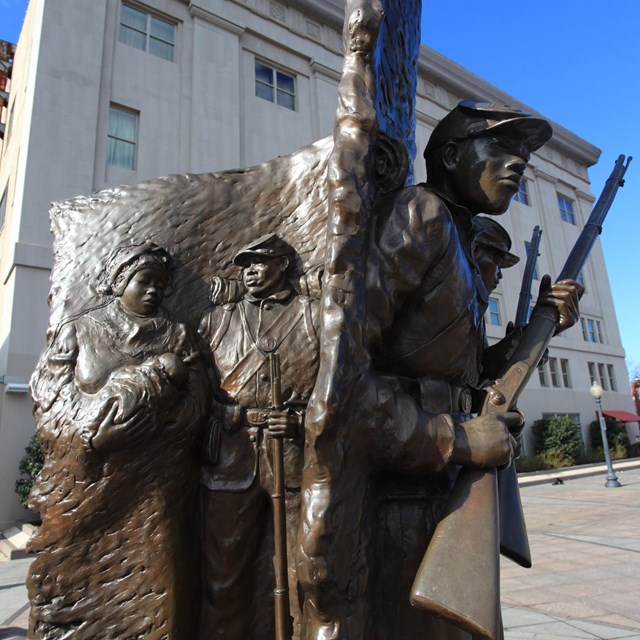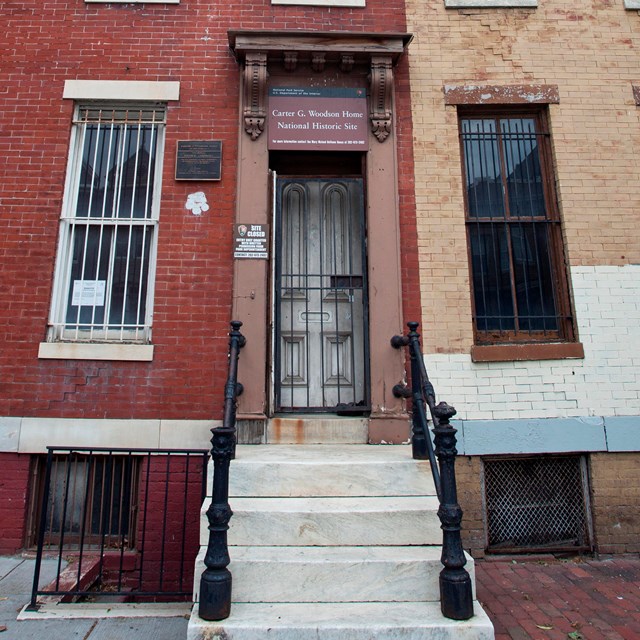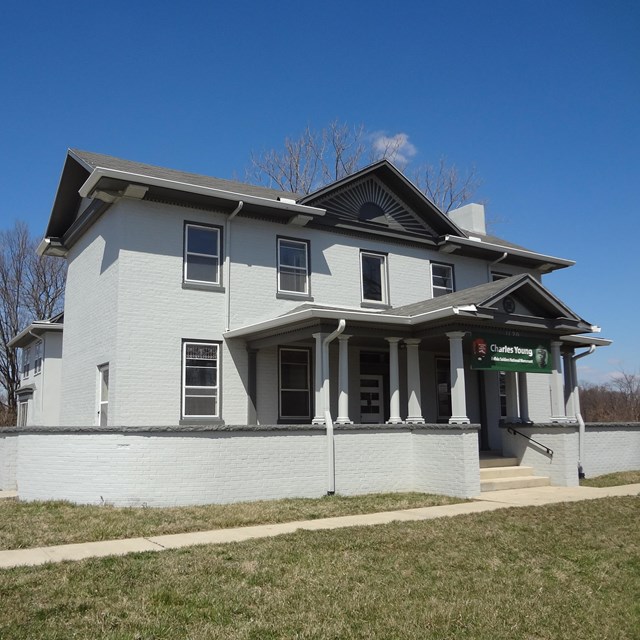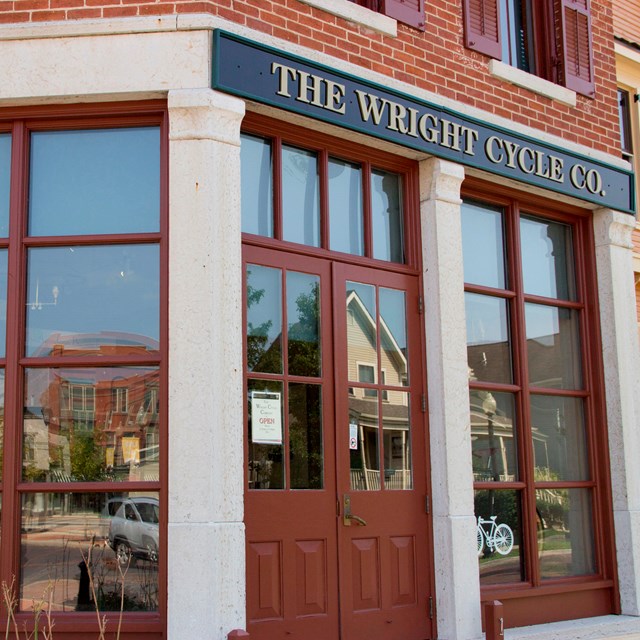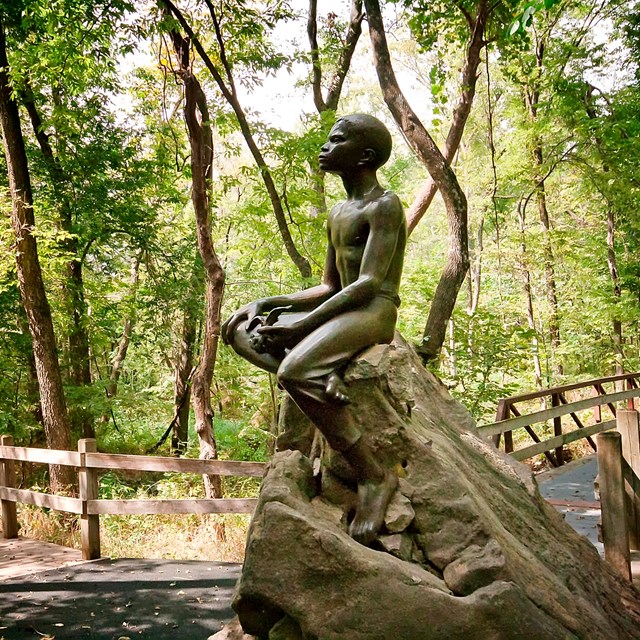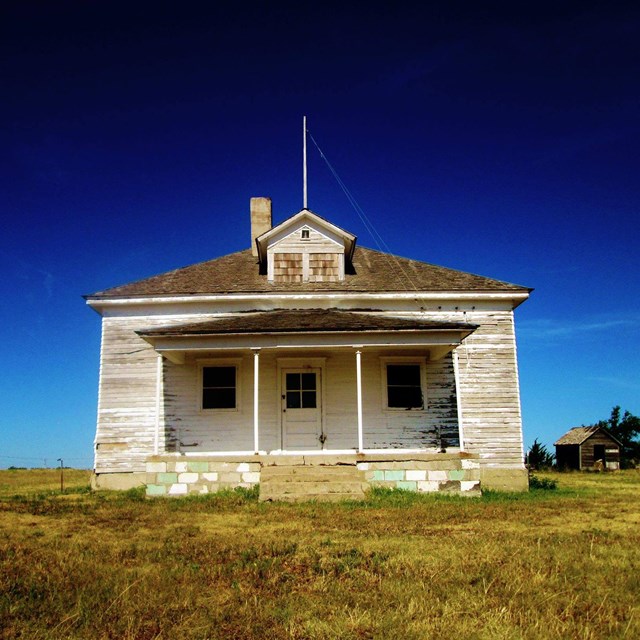
courtesy photo By the 1940’s, the average South Carolina school district was spending $221 per white student and only $45 per Black student in its schools. Clarendon County, the site of the Briggs v. Elliott case, spent $179 per white student and only $42 per Black student. Author and historian, Richard Kluger, would say of Clarendon County “If you were looking anywhere in the US where life for Negroes had changed the least since slavery, look no further than Clarendon County.” This county had provided schools for white students complete with running water, electricity, libraries, classrooms for each grade level, and transportation to and from school. Meanwhile they provided few if any of those same accommodations for Black students. African American parents in Clarendon County started with a simple request, a school bus. The district had more than 30 buses for white students, yet none for Black students. Some Black students had to walk more than seven miles each way to attend school. Rev. Joseph A. DeLaine, an educator and minister in Clarendon County, fostered a meeting between the National Association for the Advancement of Colored People and the Pearson brothers, Levi and Hammett, to put together a petition to the school board for a single bus for Black students. Despite the effort, the petition was ignored. It wasn’t until Harold Boulware and Thurgood Marshall filed a formal lawsuit that they even received the attention of white officials. The lawsuit was then hung up on a technicality. Levi Pearson’s property spanned more than one district. He paid taxes in both districts, and sent children to school in both districts, but his house sat in only one district while the lawsuit was in another. Boulware and Marshall dropped the suit. Rather than back down completely, the NAACP and the community rallied for a larger assault on segregation. Instead of focusing on transportation or filing in state courts, they would focus on “equal everything,” as DeLaine would say, and file in federal court. The NAACP sent a petition for the community to sign to begin a new court case which arrived November 11, 1949. Parents and their children walked from St. Mark AME Church to the home of Harry and Eliza Briggs just to sign it. Harry and Eliza Briggs signed first for “educational advantages and facilities equal in all respects to that which is provided for whites,” followed by children Harry Jr., Thomas Lee and Katherine. By the end, 107 parents and their children had signed the petition to sue the school district in federal court. Before long, the list of petitioners’ names was posted at the courthouse in Manning, South Carolina, for all to see. Petitioners faced intense backlash such as being fired from their jobs, denied service when trying to purchase supplies for their farms, or being turned down for loans on their properties. DeLaine himself was warned of death threats, and during one such warning was attacked by six white men. He only managed to survive by pretending he had a gun in his pocket and leaping into the passing truck of another petitioner. On May 16, 1950, the lawsuit had been filed. Named Briggs v. Elliott, for Harry Briggs, the first signatory, and R. W. Elliott, the president of the Clarendon County School Board. During the proceedings, it was decided by the petitioners and even the national NAACP board that rather than simply seeking a bus or even equal facilities, they would pursue “nonsegregation” instead. Even Judge J. Waties Waring agreed with seeking nonsegregation and dismissed the initial case so they could re-file and challenge segregation instead of unequal facilities. Trying to reduce the amount of backlash, when the NAACP re-filed Briggs, they limited their petition to just 20 people, only 17 adults signed the petition a second time. Briggs v. Elliott was re-filed Dec. 22, 1950. A three-judge panel at the U.S. District Court was presented with substantial psychological evidence and expert testimony presented on African American school conditions. The court ruled that Black schools in South Carolina were inferior to white schools but denied the plaintiffs’ request to abolish school segregation. Instead, they ordered the school board to begin equalization of the schools. In a lone dissenting opinion from the Briggs decision, Judge Julius Waring adamantly opposed segregation in public education. Gov. James F. Byrne, a former U.S. Supreme Court associate justice, had already began the process of “equalizing” schools, statewide. He instituted a 3-cent sales tax to be put toward building of equal school buildings as an effort to preserve segregation by eliminating the NAACP’s argument of unequal education. In his own words, Byrne believed “This is a white man’s country and will always remain a white man’s country.” The NAACP appealed the decision, heading to the U.S. Supreme Court, the first of five lawsuits challenging segregation that would be consolidated into the Brown v. Board of Education case. The U.S. Supreme Court announced that it would hear both the Briggs and Brown cases in the 1952 term. Citations: Kluger, Richard. 2004. Simple justice: The History of Brown V. Board of Education and Black America’s Struggle for Equality. Vintage. Brinson, Claudia Smith. 2020. Stories of Struggle: The Clash Over Civil Rights in South Carolina. “South Carolina’s Equalization Schools 1951-1960.” n.d. South Carolina’s Equalization Schools 1951-1960. http://www.scequalizationschools.org/. African American Experience FundThe mission of the African American Experience Fund of the National Park Foundation is to preserve African American history by supporting education programs in National Parks that celebrate African American history and culture. There are 26 National Parks identified by the African American Experience Fund: |
Last updated: December 6, 2024

